As Kate has told you, some instructors dislike flashcards because they feel memorization isn’t useful. Flashcards are often used for “rote” memorization, memorizing information by repeating it over and over.
Not everyone agrees that rote memorization is useful. “Meaningful” memorization, where you learn a word by using it, is much more popular. Meaningful memorization includes putting new words into sentences, creating mnemonic devices, drawing pictures, and actively reading to find and learn new words.
Memorization is also very meaningful when you use new words creatively. This is one of the hidden powers of flashcards. Making flashcards is a chance to use new vocabulary in a very creative way. A homemade flash card you make doesn’t just help you to memorize new words. It also reminds you of the way you discovered and used the words as you made the card itself. Adding pictures to your cards can make the experience especially memorable.
Below, is a step-by step task to make picture flashcards. This activity has helped many of my students use and meaningfully recall new vocabulary.
STEP 1:
Gather new vocabulary words and definitions.
Practice your English reading, find new words, and look them up. I recommend sample TOEFL passages, academic websites, and textbooks.
STEP 2:
Create example mnemonics and/or example sentences for the words.
A mnemonic is a creative way to memorize a word. For example, the word “industrial” means “related to factories and machinery.” Factories and machinery make a lot of smoke and dust. So something that is “industrial” is “in dust, really.” This phrase is a good mnemonic because it is short, easy to remember, and connects to the meaning and sound of the vocabulary word.
You can take an example sentence from your reading, or create your own new sentence. I decided to write my own short sentence that would fit on a flashcard: “He has an industrial job in a car factory.”
If you write your own sentences too, be careful. Check with a native English speaker to make sure you are using the word correctly and have the right grammar. If you can’t find a native speaker to help you, use a website such as Lang-8 or English Forums.
STEP 3:
Make your picture flashcards. Each flash card should have the vocabulary word on one side. On the other side, use mnemonics for some words, and sentences for others. This will keep the project from taking up too much time. The variety will also make the flashcards more interesting.
Make pictures for your mnemonics and sentences. You can draw a picture, or you can paste an existing picture onto your card. For fun, try to use a picture of a friend, relative, or favorite celebrity. Then, make a sentence about them, using the new vocabulary. Below, you can see two example flashcards. I made one with a mnemonic and my own drawing. I made the other with a sentence about my son and a pasted picture of him.
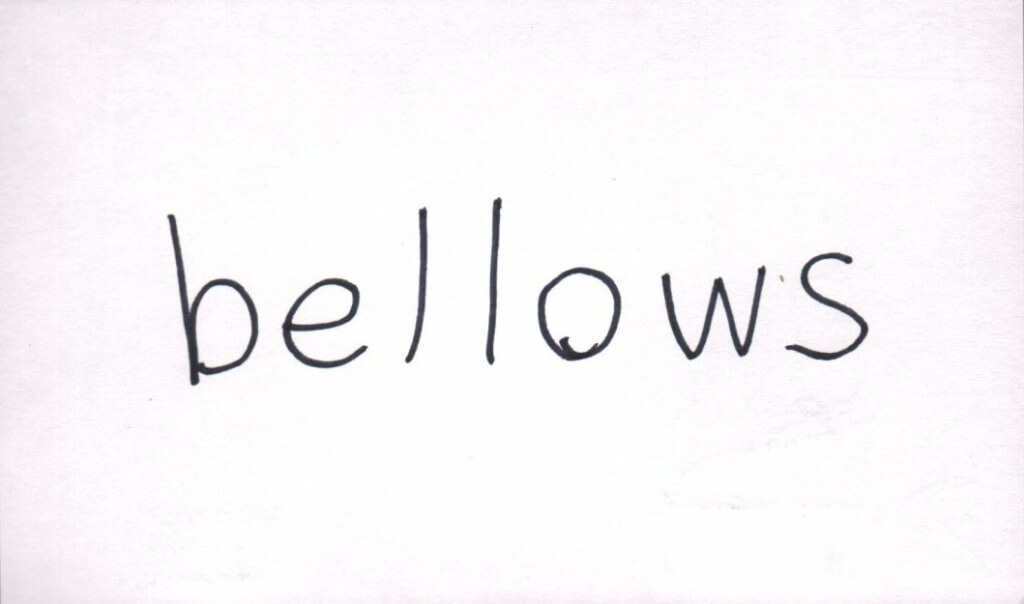
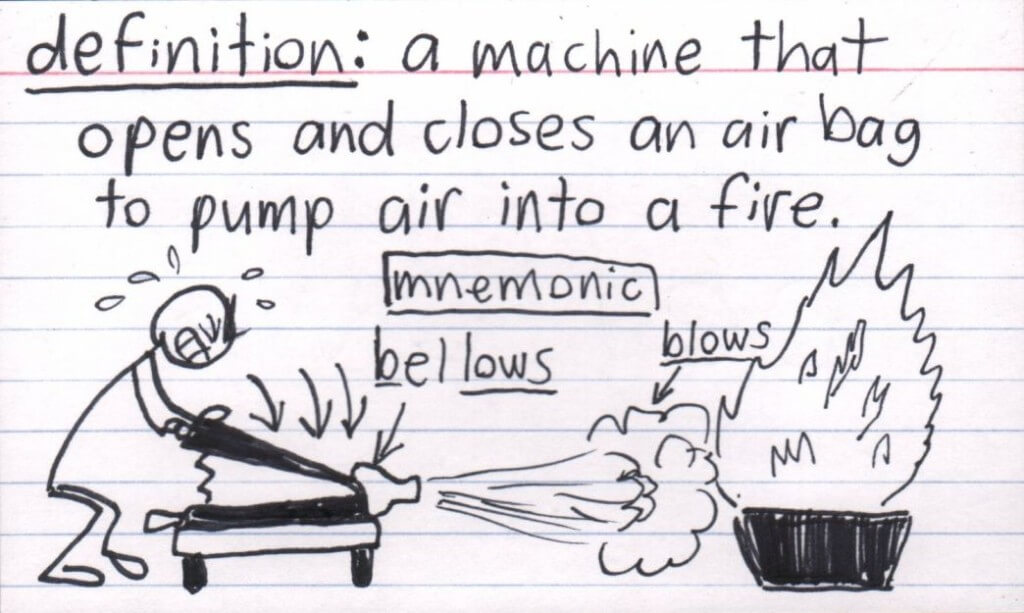
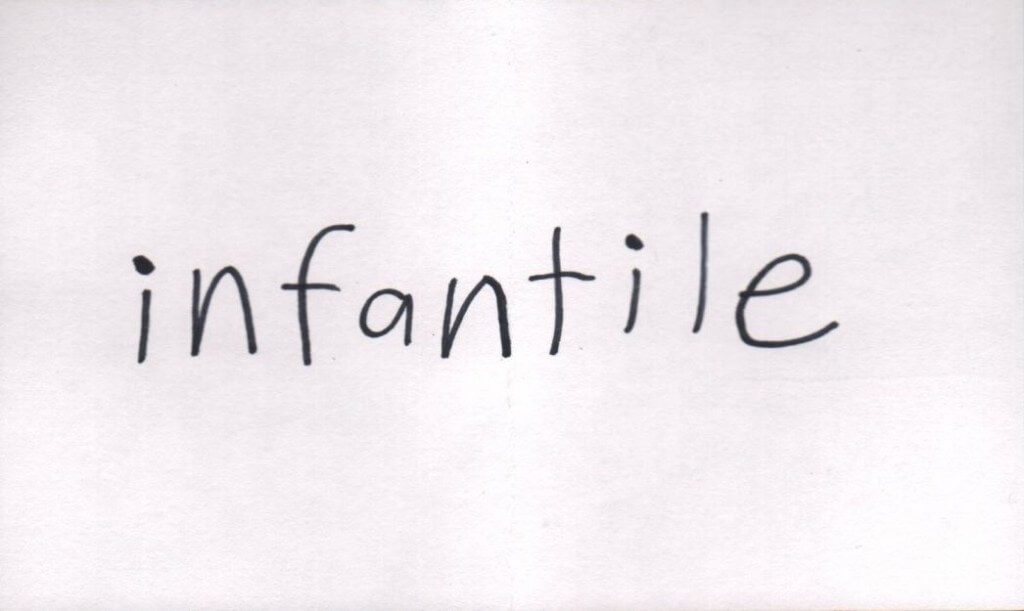
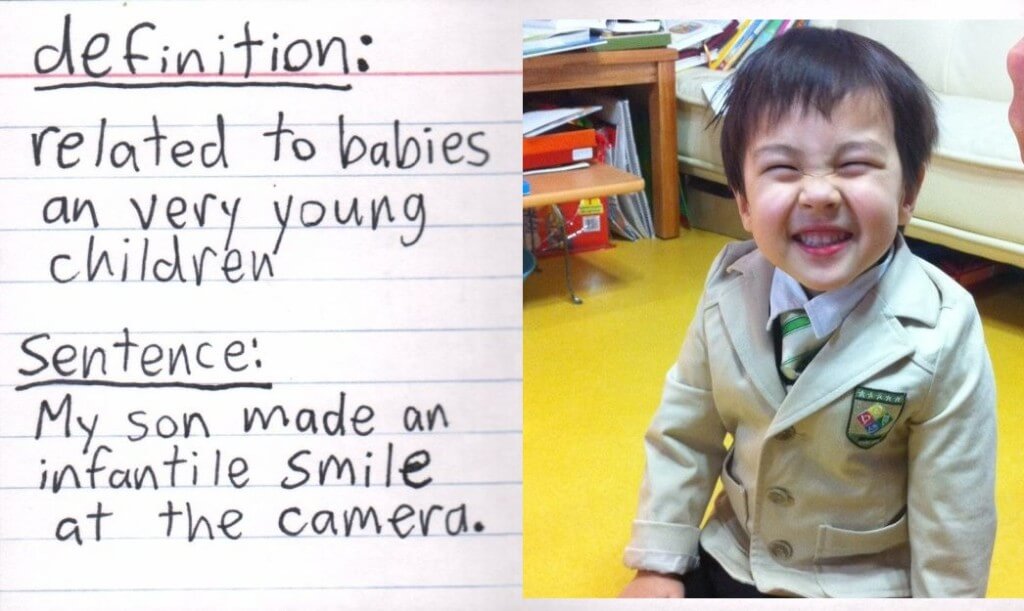
*The definition of infantile should read, “related to babies and very young children”
… flashcards don’t have to be perfect!
Once you’ve completed a set of these flashcards, you’ll find you’ve done a lot of reading, a little writing, and had a lot of fun. The memories of the activity will help you remember many new words. My own students often play a game to see who can make the most creative or interesting cards. If you’re studying the TOEFL with classmates, you can compete, share, and trade!
If you’re looking for more ways to make English learning fun, check out this post about English games.



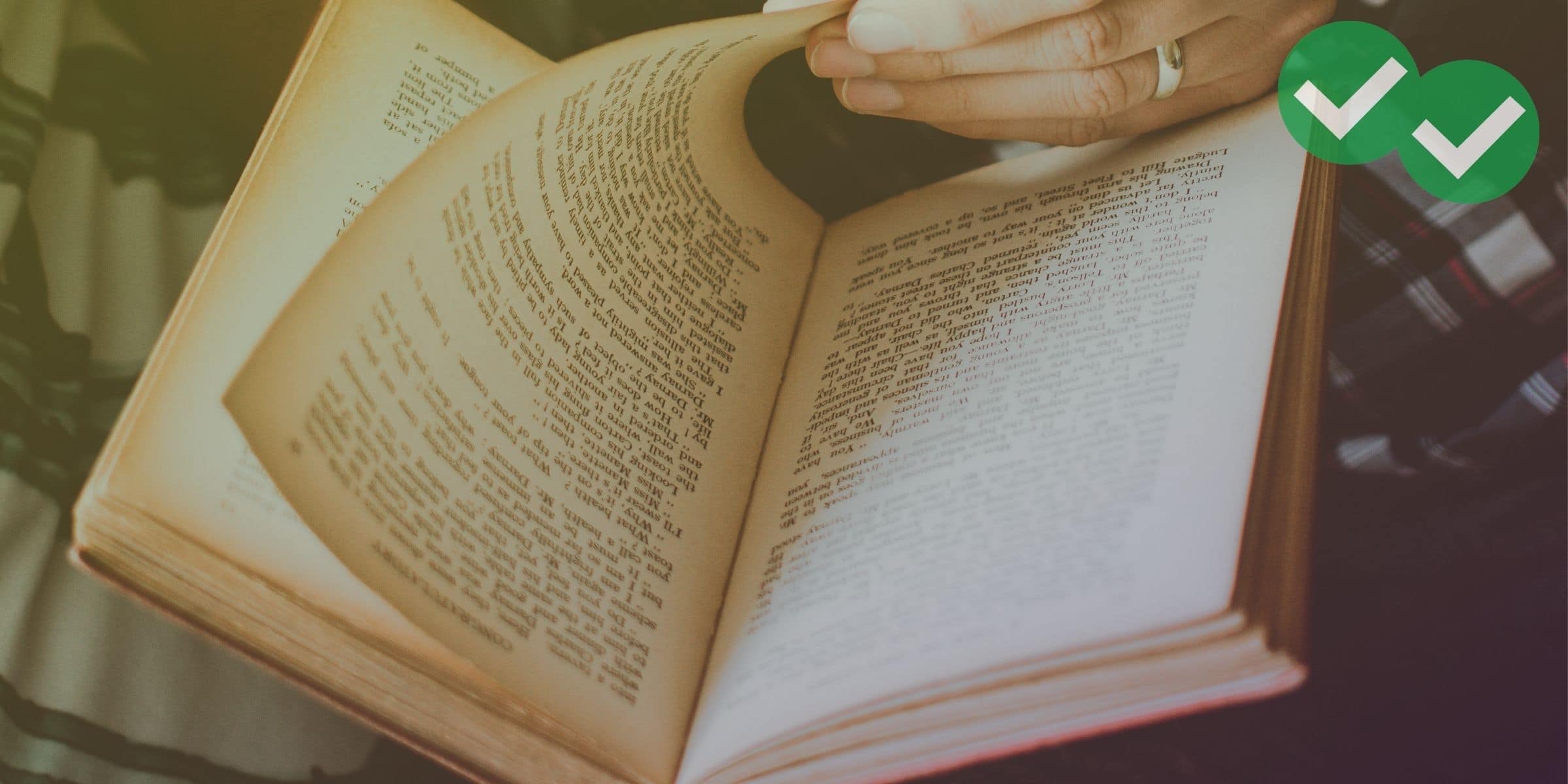
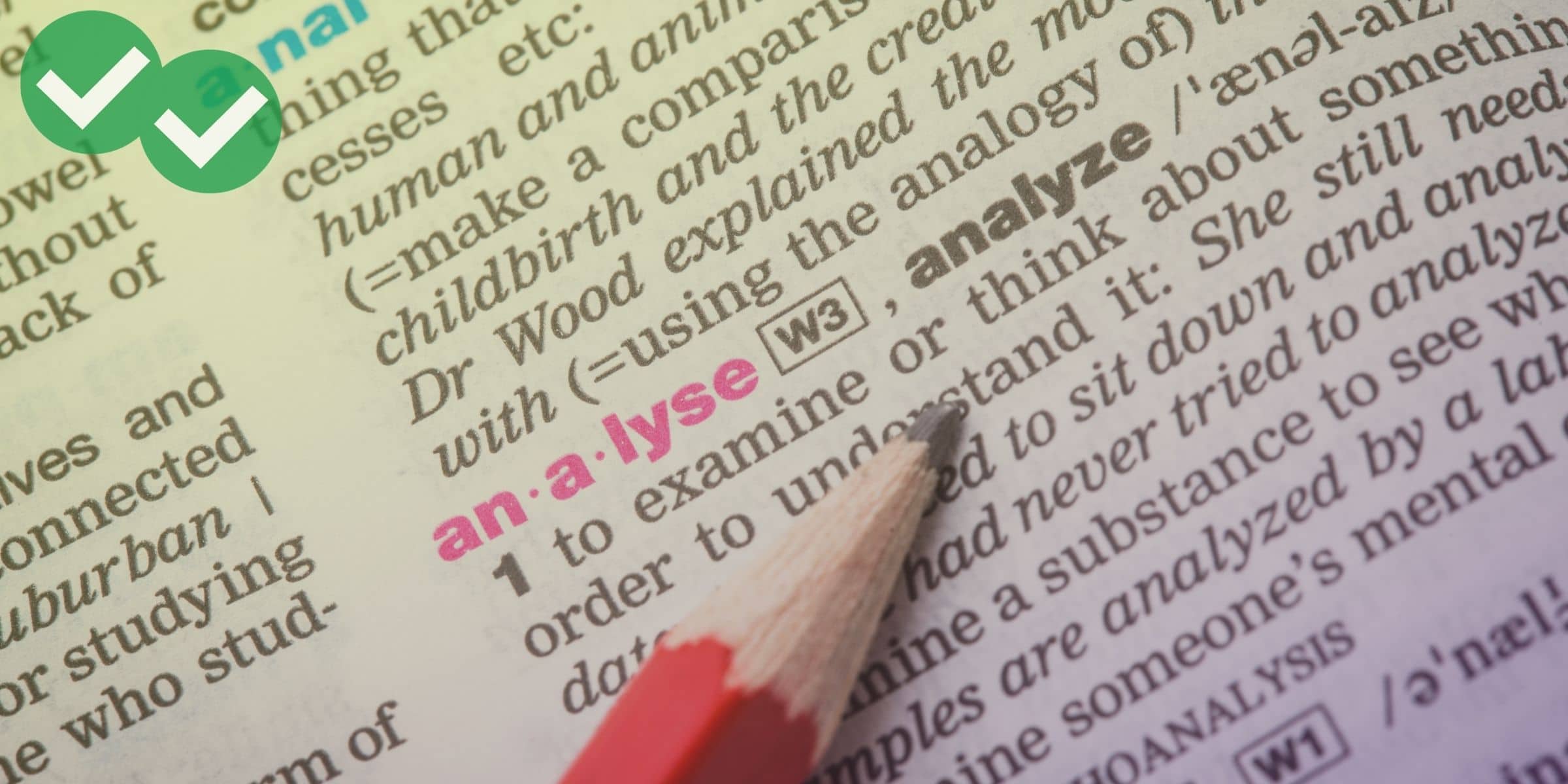

Leave a Reply